Intro
The flu, also known as influenza, is a highly contagious respiratory illness caused by the influenza virus. It can affect anyone, regardless of age or health status, and can lead to serious complications, especially in vulnerable populations such as the elderly, young children, and people with certain chronic health conditions. Testing for the flu is an essential step in diagnosing and managing the illness, and it can help reduce the risk of transmission and improve treatment outcomes.
The importance of testing for the flu cannot be overstated. Early detection and diagnosis can help healthcare providers prescribe effective treatments, such as antiviral medications, and prevent complications. Additionally, testing can help identify outbreaks and track the spread of the virus, which is critical for public health surveillance and response. With the rise of new and emerging influenza strains, it is more important than ever to stay vigilant and take proactive steps to protect ourselves and our communities.
In recent years, there have been significant advances in flu testing technologies, making it easier and more convenient to diagnose the illness. Rapid diagnostic tests, such as rapid antigen tests and molecular assays, can provide quick and accurate results, allowing healthcare providers to make informed treatment decisions. Furthermore, these tests can be performed in a variety of settings, including clinics, hospitals, and even at home, making it more accessible to people who may not have access to traditional healthcare services.
Types of Flu Tests
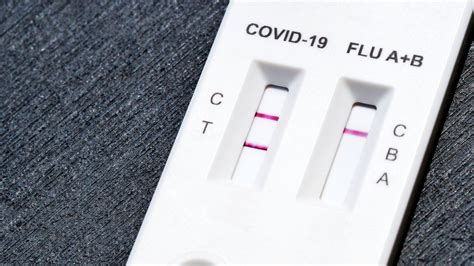
Rapid Antigen Tests
Rapid antigen tests are the most commonly used flu tests and are often performed in clinics and hospitals. These tests are relatively inexpensive and can provide quick results, making them a popular choice for healthcare providers. However, they may not be as accurate as other types of flu tests, particularly in adults, and may produce false-negative results. Despite these limitations, rapid antigen tests remain a valuable tool in the diagnosis and management of the flu.Rapid Molecular Assays
Rapid molecular assays are more accurate than rapid antigen tests and can detect the genetic material of the influenza virus. These tests are often used in hospitals and reference laboratories and can provide results in as little as 1 hour. Rapid molecular assays are more sensitive and specific than rapid antigen tests and can detect a wider range of influenza strains. However, they are also more expensive and may require specialized equipment and training.How to Test for Flu
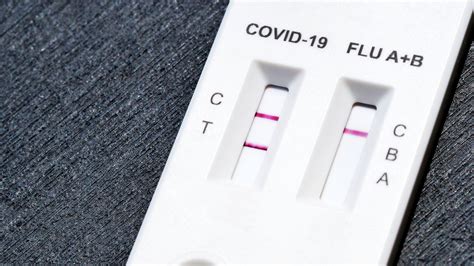
To test for the flu, healthcare providers will typically follow these steps:
- Collect a respiratory specimen, such as a nasal swab or throat swab
- Send the specimen to a laboratory for analysis
- Perform a rapid antigen test or rapid molecular assay to detect the presence of influenza antigens or genetic material
- Interpret the test results and provide a diagnosis and treatment plan
Preparing for a Flu Test
Before undergoing a flu test, patients should prepare by: * Informing their healthcare provider about their symptoms and medical history * Avoiding eating or drinking for at least 1 hour before the test * Removing any nasal or throat jewelry or piercings * Following the healthcare provider's instructions for collecting the respiratory specimenInterpreting Flu Test Results
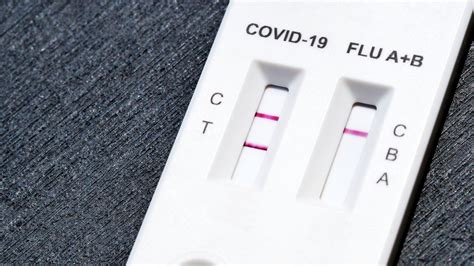
Here are some general guidelines for interpreting flu test results:
- Positive test result: The patient has influenza and should receive treatment and follow-up care as directed by their healthcare provider.
- Negative test result: The patient may not have influenza, but may still require further testing or evaluation to determine the cause of their symptoms.
- Inconclusive test result: The test results are unclear or inconclusive, and the patient may require further testing or evaluation to determine the cause of their symptoms.
Flu Test Accuracy
The accuracy of flu tests can vary depending on the type of test used, the quality of the respiratory specimen, and the timing of the test. In general, rapid antigen tests are less accurate than rapid molecular assays, particularly in adults. However, rapid antigen tests are still a valuable tool in the diagnosis and management of the flu, especially when used in combination with clinical evaluation and medical history.Here are some general guidelines for the accuracy of flu tests:
- Rapid antigen tests: 50-70% sensitive and 90-95% specific
- Rapid molecular assays: 90-95% sensitive and 95-100% specific
- Viral culture tests: 100% sensitive and specific, but may take several days to produce results
Flu Testing in Special Populations
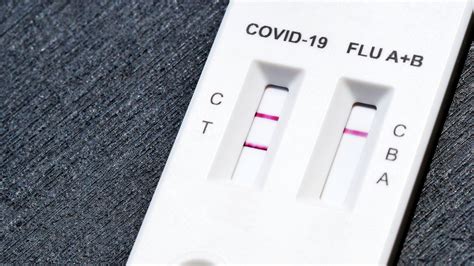
Here are some general guidelines for flu testing in special populations:
- Pregnant women: Flu testing should be performed promptly in pregnant women with symptoms of the flu, as they are at higher risk for complications.
- Young children: Flu testing should be performed in young children with symptoms of the flu, as they are at higher risk for complications and may require more aggressive treatment.
- People with certain chronic health conditions: Flu testing should be performed in people with certain chronic health conditions, such as diabetes, heart disease, or lung disease, as they are at higher risk for complications.
Flu Testing in Pregnancy
Flu testing in pregnancy requires careful consideration of the patient's symptoms, medical history, and test results. Pregnant women are at higher risk for complications from the flu and may require more aggressive treatment and follow-up care.Here are some general guidelines for flu testing in pregnancy:
- Flu testing should be performed promptly in pregnant women with symptoms of the flu.
- Pregnant women with a positive flu test result should receive treatment and follow-up care as directed by their healthcare provider.
- Pregnant women with a negative flu test result may still require further testing or evaluation to determine the cause of their symptoms.
Flu Testing at Home
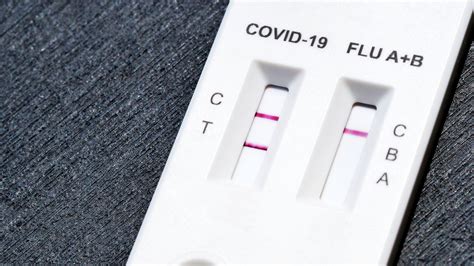
Here are some general guidelines for flu testing at home:
- Follow the manufacturer's instructions for collecting the respiratory specimen and performing the test.
- Use a high-quality test that is FDA-approved and has a good track record of accuracy.
- Interpret the test results carefully and follow up with a healthcare provider if the results are positive or inconclusive.
Benefits of Flu Testing at Home
Flu testing at home has several benefits, including: * Convenience: Flu testing at home can be performed in the comfort of one's own home, without the need to visit a healthcare provider. * Quick results: Flu testing at home can provide quick and accurate results, allowing individuals to take prompt action to manage their symptoms and prevent transmission. * Cost-effective: Flu testing at home can be more cost-effective than visiting a healthcare provider, particularly for individuals with mild symptoms.Conclusion and Next Steps
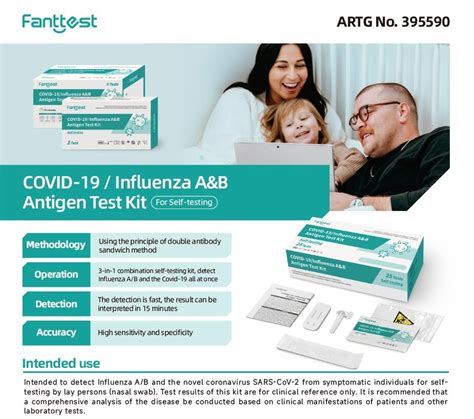
If you have any questions or concerns about flu testing, we encourage you to reach out to your healthcare provider or a qualified medical professional. Additionally, you can share your thoughts and experiences with flu testing in the comments below.
What are the symptoms of the flu?
+The symptoms of the flu include fever, cough, sore throat, runny or stuffy nose, muscle or body aches, headaches, fatigue, and diarrhea and vomiting.
How is the flu diagnosed?
+The flu is diagnosed using a combination of physical examination, medical history, and laboratory tests, such as rapid antigen tests and molecular assays.
What are the treatment options for the flu?
+Treatment options for the flu include antiviral medications, such as oseltamivir and zanamivir, as well as rest, hydration, and over-the-counter medications to manage symptoms.
How can I prevent the flu?
+You can prevent the flu by getting vaccinated, practicing good hygiene, such as washing your hands frequently and avoiding close contact with people who are sick, and avoiding touching your eyes, nose, and mouth.
What are the complications of the flu?
+The complications of the flu include pneumonia, bronchitis, sinus and ear infections, and exacerbation of underlying medical conditions, such as diabetes, heart disease, and lung disease.
